Life
Sign up for our newsletter
We summarize the week's scientific breakthroughs every Thursday.
-
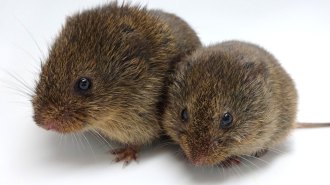 Animals
AnimalsPrairie voles can find partners just fine without the ‘love hormone’ oxytocin
Researchers knocked out prairie voles’ oxytocin detection system. They weren’t expecting what happened next.
-
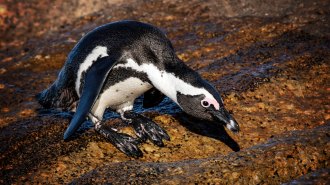 Life
LifeBirds that dive may be at greater risk of extinction
For birds, a diving lifestyle seems irreversible, evolutionarily speaking. The inflexibility possibly increases diving birds’ chances of going extinct.
By Jake Buehler -
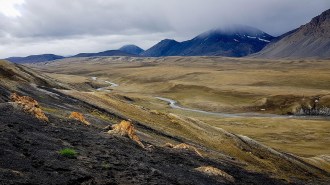 Life
LifeFossils suggest early primates lived in a once-swampy Arctic
Teeth and jawbones found on Ellesmere Island, Canada, suggest that two early primate species migrated there 52 million years ago.
By Freda Kreier -
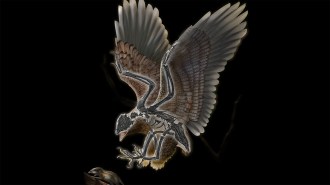 Paleontology
PaleontologyA bird with a T. rex head may help reveal how dinosaurs became birds
The 120-million-year-old Cratonavis zhui, newly discovered in China, had a head like a theropod and body like a modern bird.
-
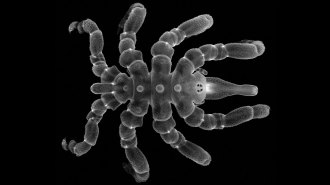 Animals
AnimalsSome young sea spiders can regrow their rear ends
Juvenile sea spiders can regenerate nearly all of their bottom halves — including muscles and the anus — or make do without them.
-
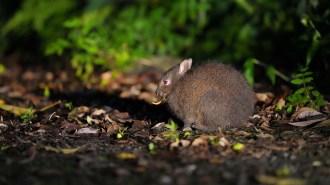 Animals
AnimalsA rare rabbit plays an important ecological role by spreading seeds
Rabbits aren’t thought of as seed dispersers, but the Amami rabbit of Japan has now been recorded munching on a plant’s seeds and pooping them out.
-
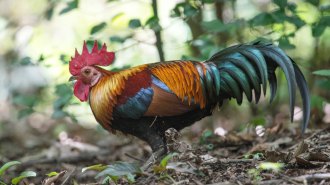 Animals
AnimalsChicken DNA is replacing the genetics of their ancestral jungle fowl
Up to half of modern jungle fowl genes have been inherited from domesticated chickens. That could threaten the wild birds’ long-term survival.
By Jake Buehler -
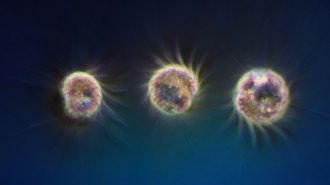 Microbes
MicrobesScientists have found the first known microbes that can eat only viruses
Lab experiments show that Halteria ciliates can chow down solely on viruses. Whether these “virovores” do the same in the wild is unclear.
-
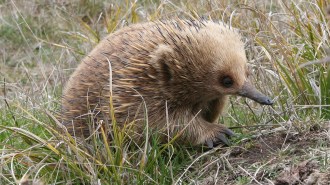 Animals
AnimalsThese adorable Australian spike-balls beat the heat with snot bubbles
An echidna’s snot bubbles coat the spiny critter’s nose with moisture, which then evaporates and draws heat from the sinus, cooling the blood.
By Elise Cutts -
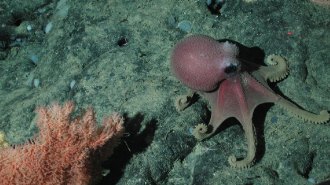 Science & Society
Science & SocietySea life offers a lens for self-exploration in ‘How Far the Light Reaches’
In a collection of essays profiling 10 marine animals, author Sabrina Imbler mixes in stories of their own family, self-discovery, sexuality and healing.
By Aina Abell -
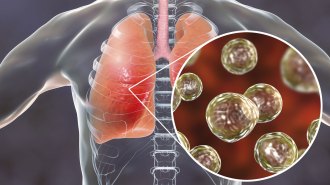 Health & Medicine
Health & Medicine4 key things to know about lung infections caused by fungi
News that three kinds of fungi are more widespread than previously thought prompted reader questions about risk, symptoms and more. We answer them.
-
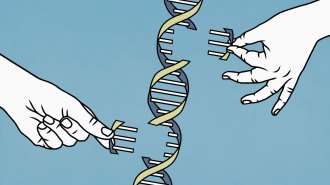 Genetics
Genetics50 years ago, scientists sequenced a gene for the first time
Within five decades, scientists went from sequencing a single gene to sequencing the entire human genome.